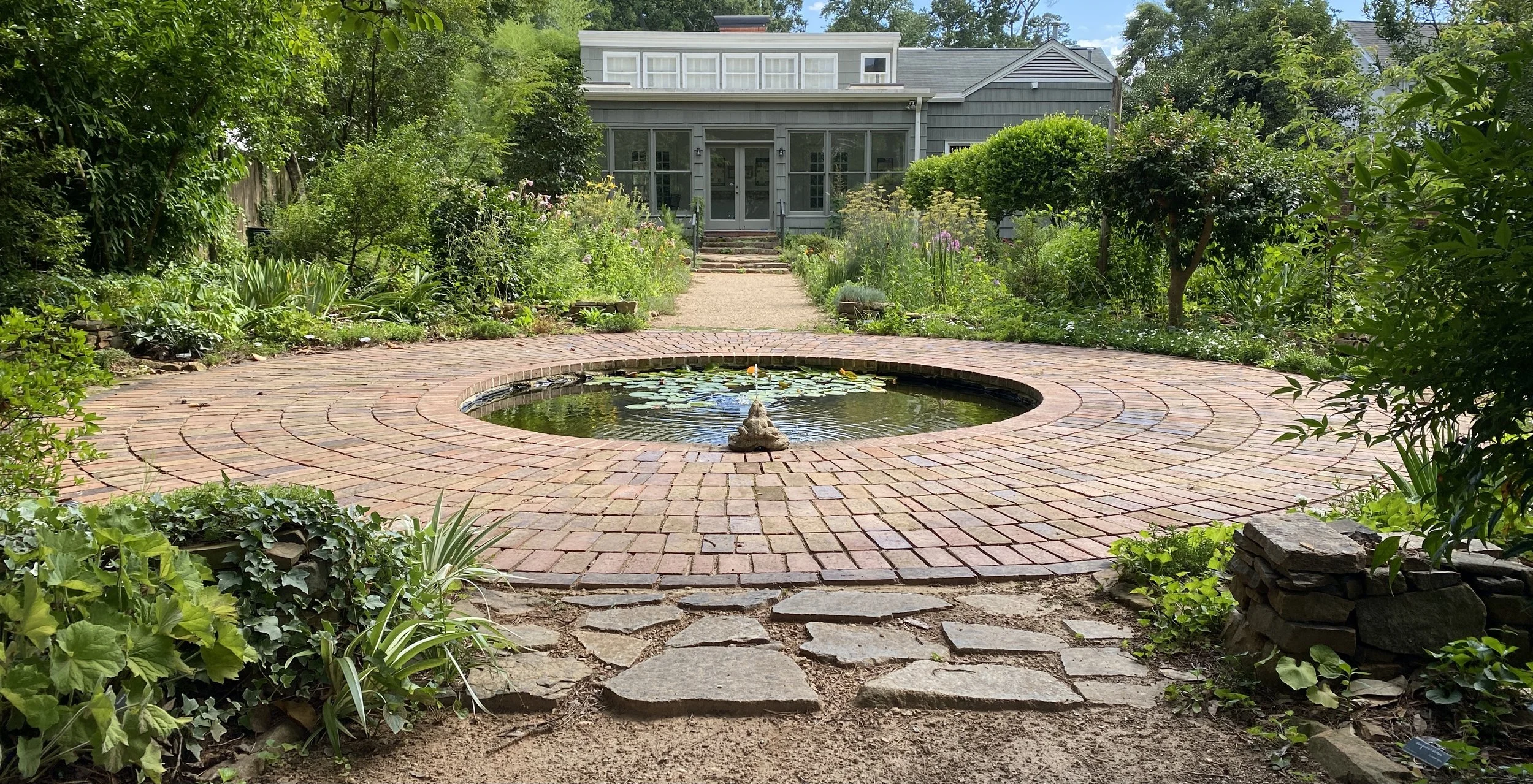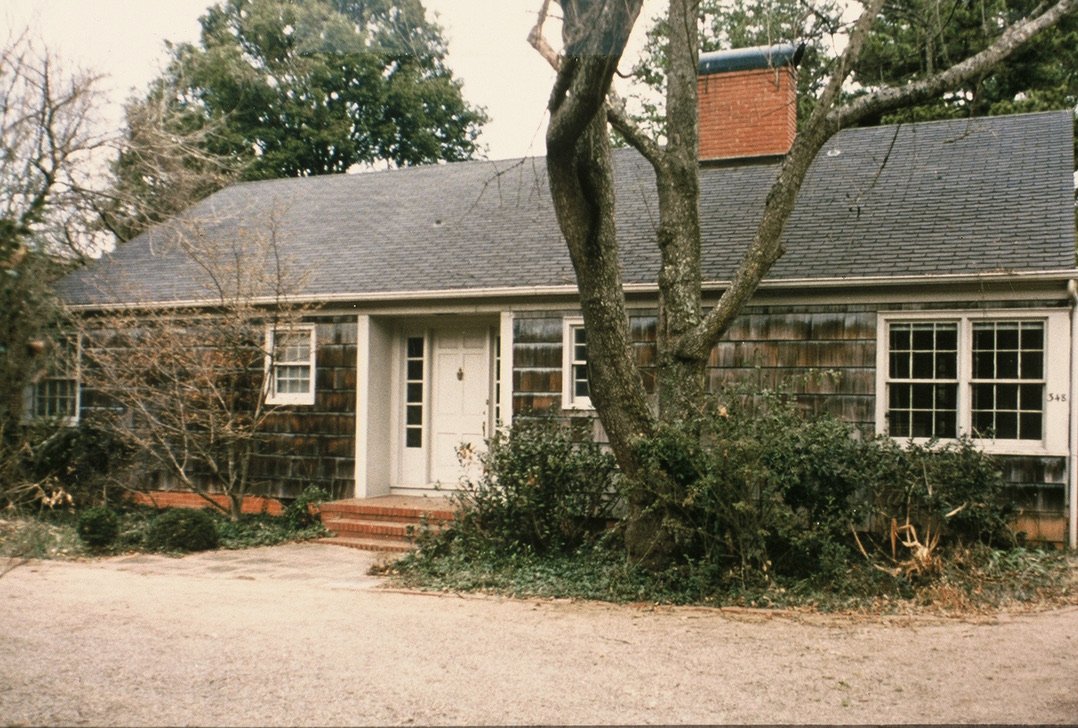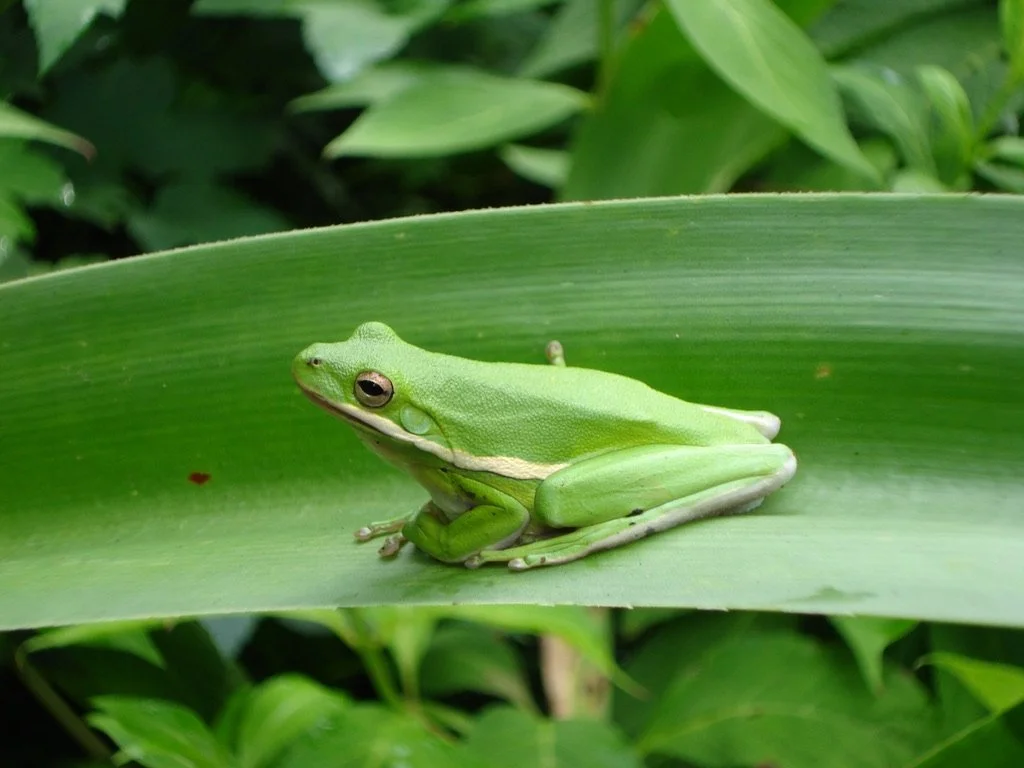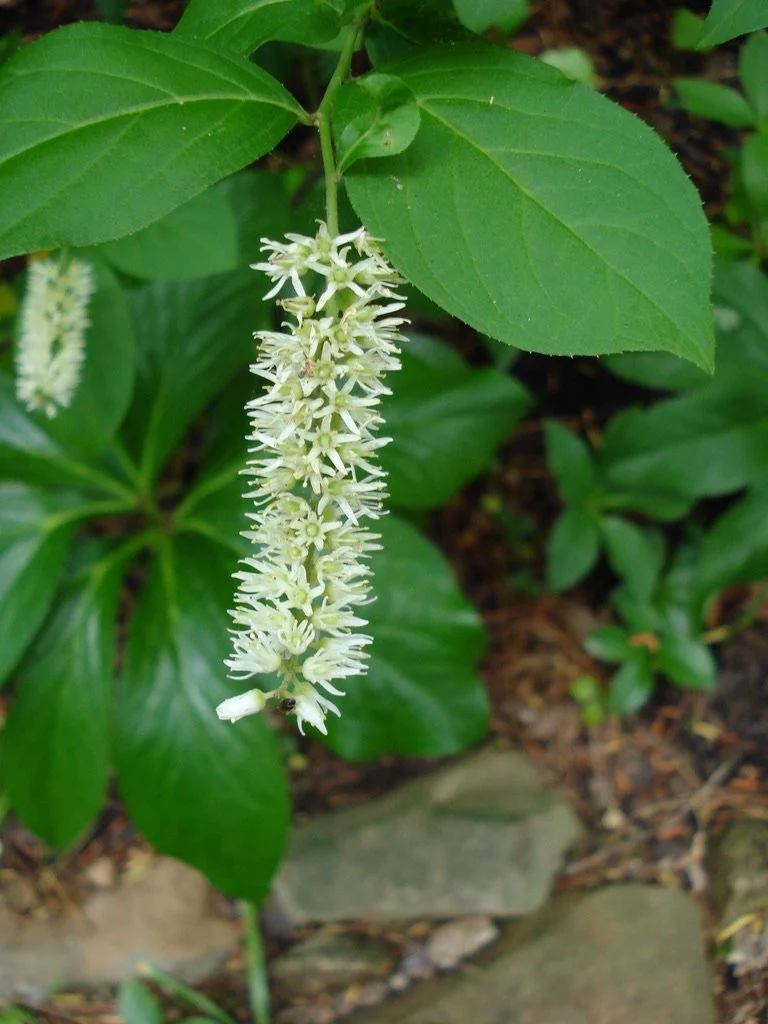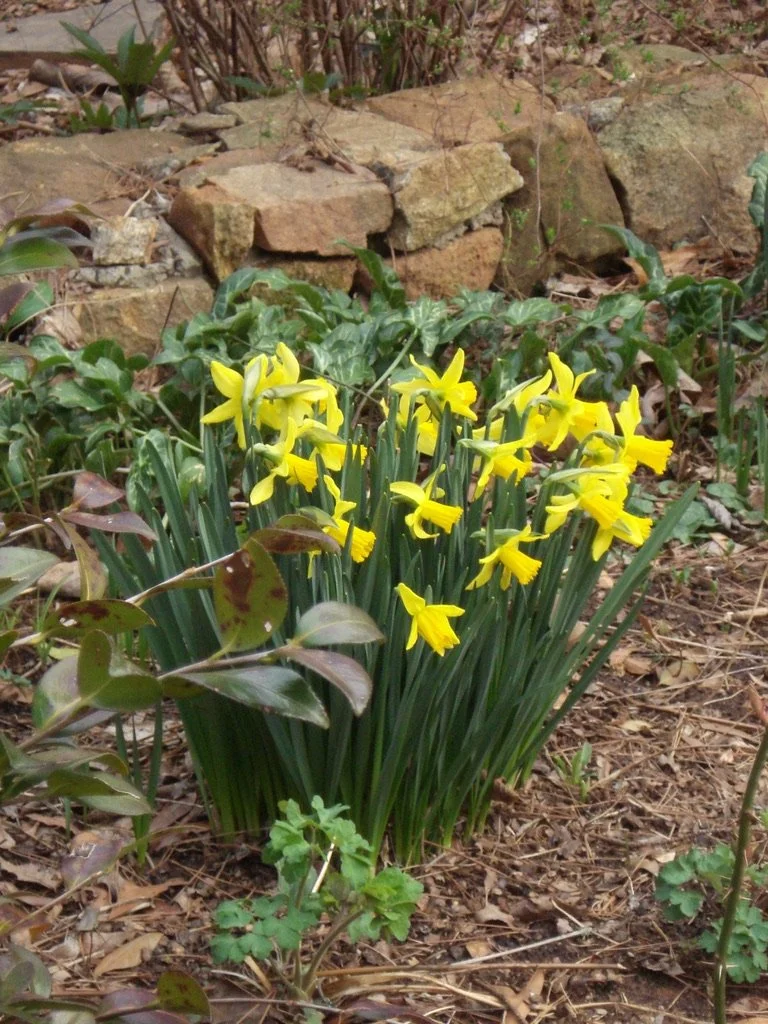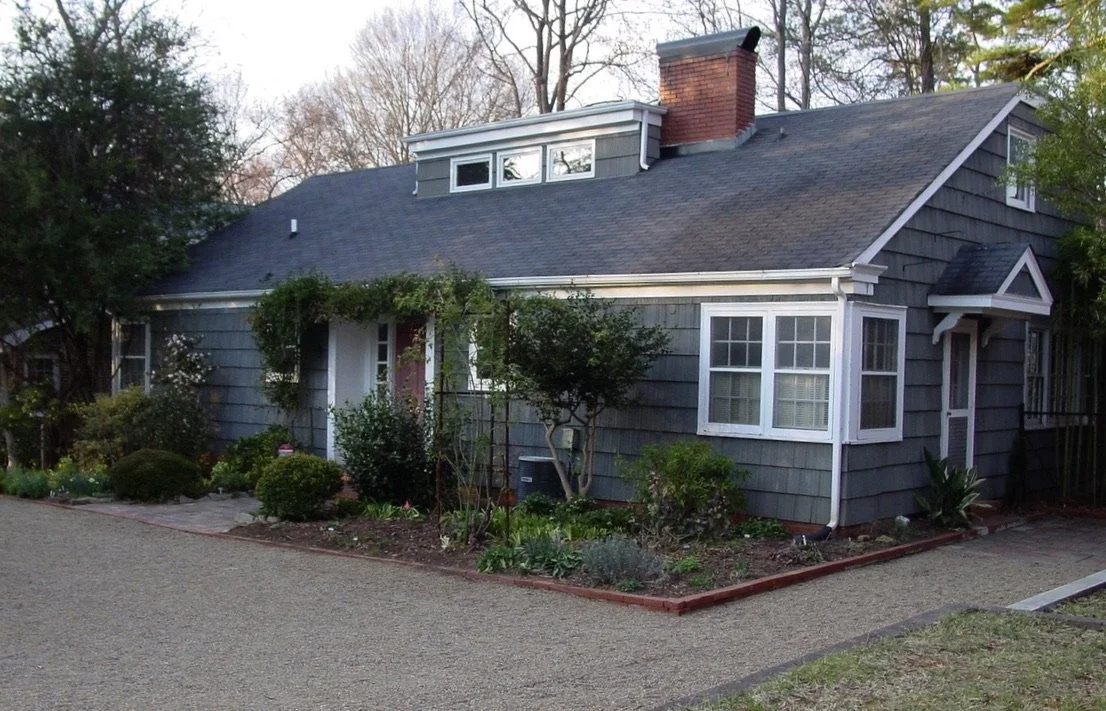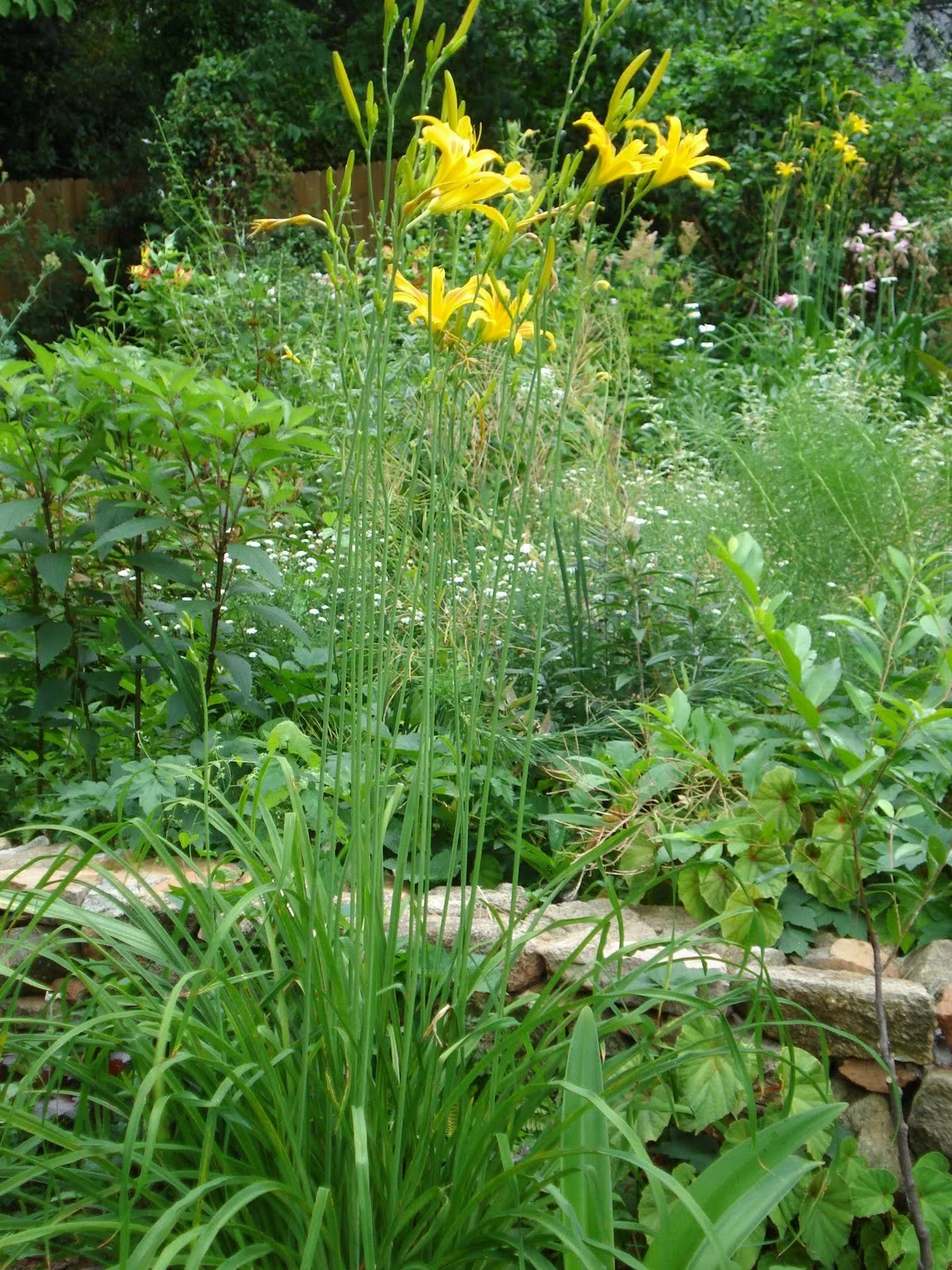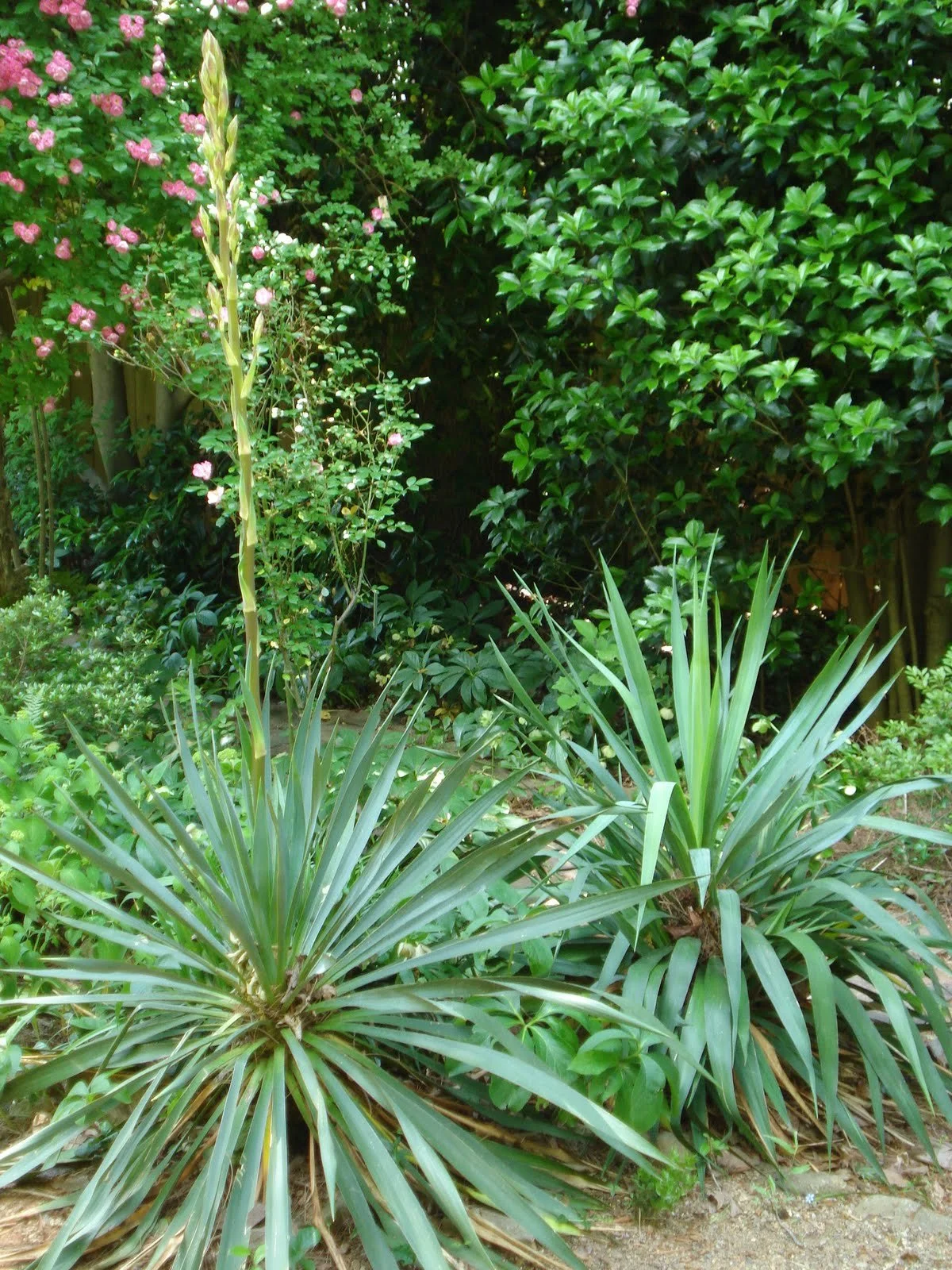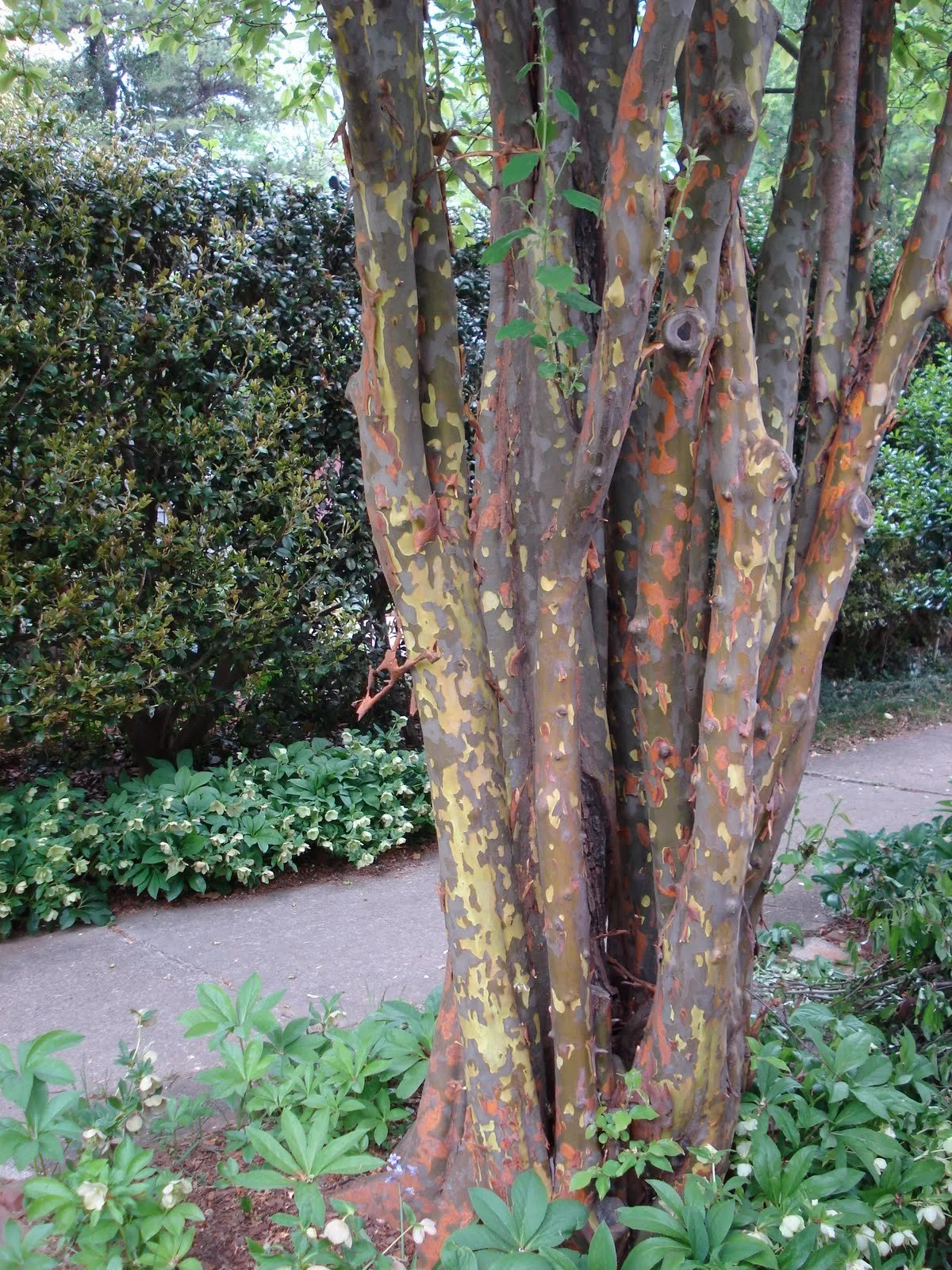A Month in Pictures
When I'm in the garden, time seems to stand still. Nothing else matters except that visceral connection I feel to Elizabeth and her world. I take time to really study the garden. I get down on the ground to appreciate a new perspective. I hold a bruised leaf to my nose to see if I can discern any fragrance. I weed an area—always carefully—searching for freshly uncovered bulbs emerging from dormancy. I have found SO much in this garden. Countless discoveries have come above the ground, but equally as many beneath the soil...

